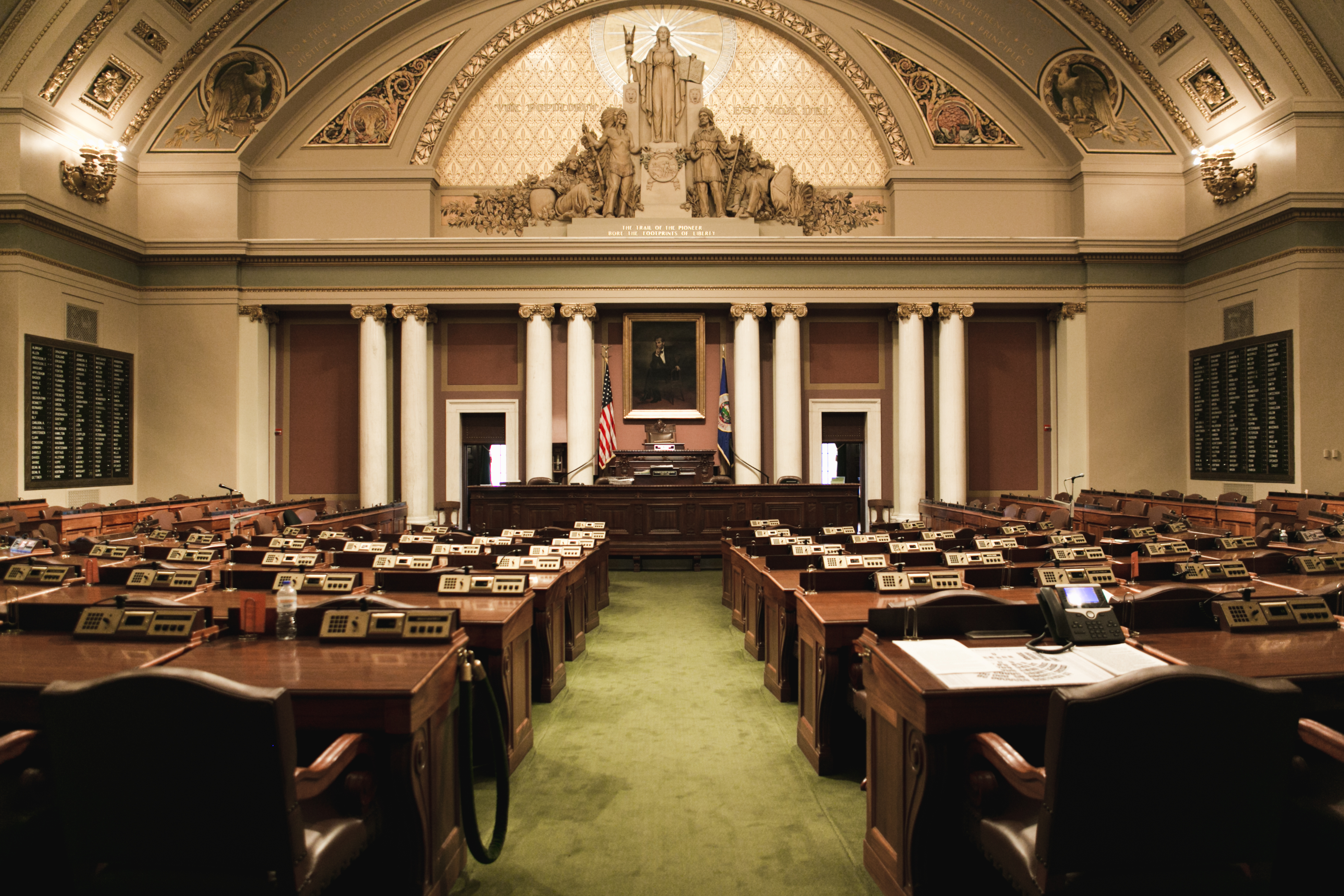After an intense month of cobbling together and passing omnibus budget bills, Minnesota legislators left the Capitol for their traditional Passover/Easter break.The GOP majorities and Gov. Mark Dayton are miles apart on the operating budget, taxes and numerous policy provisions contained in the omnibus bills. View the proposals and their impact.
They return to business on April 18 with five weeks until the session’s constitutional end date of May 22.
Upon their return, the legislature normally would establish conference committees on the budget bills and negotiate with the Governor and then pass conference committee reports once a deal is reached with all of the parties.
There is talk this session that the GOP majorities will write conference committee reports without the Governor’s agreement and put their first budget offer on Dayton’s desk for his consideration. The Governor has been clear that will veto their bills if they look anything like they currently do.
If so, round two most likely will include a series of dueling news conferences and private negotiations by leadership. Whether or not they can resolve their issues by May 22 remains to be seen. Their track record over recent years of getting their work done on time is not good.
E-12 Funding: Then & Now
So far, 2017 closely resembles the way 2015 played out for E-12, as show in the chart below:
PROPOSED
|
THEN: 2015 | NOW: 2017 |
| Budget Surplus | $2 billion | $1.65 billion |
| Governor | $765 million | $711 million |
| House | $157 million | $271 million |
| Senate | $350 million | $300 million |
In 2015, the Legislature compromised on a $400 million E-12 package, but Gov. Dayton vetoed it for a lack of Pre-K and formula funds. In June of 2015, they agreed to a $525 million package of new education funding.
Once again getting to 2&2 on the formula is part of the negotiation along with the legislature’s opposition to funding a formula driven Pre-K program. In a scenario shared at the Capitol, the GOP wants to put a “round 1” E-12 bill on the Governor’s desk that increases their target to $400 million (sound familiar) to fund 2&2. They also would eliminate Voluntary Pre-K funding and instead put money into school readiness and early learning scholarships.
This move would give the legislature some cover from a veto as they could say they gave the Governor the 2&2 he asked for. Still, a $400 million package (2&2 costs $371 million for the next biennium) would fall short of meeting many other needs and priorities in E-12.
Districts need help with pending employer increases for TRA. The Governor has $68 million in his plan to do that. The legislature spent significant time talking about teacher shortages. There’s a package of teacher shortage initiatives that could be funded. Those include reimbursing districts for teacher development and evaluation activities, costs associated with attaining graduate credits for concurrent enrollment staff, mid-career and alternative pathways to licensure and many others. Special education, small schools and telecom equity funding have been floated this session as well.
Battle for Tax Relief
Ag2School is a very popular proposal with lots of bi-partisan support. The House and Senate Tax bills respectively contain a 50% and 40% bond credit.
Those tax bills also contain tax credits for private school scholarship funds. The bills also reduce state revenues 3-4 times the rate the Governor has proposed.
Getting the Ag bond credit passed into law this session depends on a successful negotiation over the entire budget plan. Keep in mind, they don’t need to pass a tax bill this session in order to keep revenue coming into the state.





